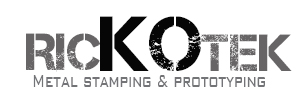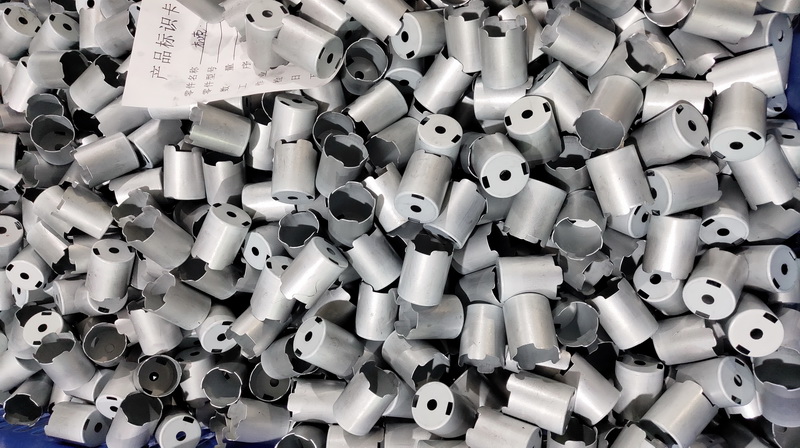While the finished product may look simple, and undoubtedly, the professionals make it look pretty easy, it’s important to note that the deep drawn stamping process is one of the most sophisticated manufacturing methods available.
The action of forcing metal into a particular shape opens a host of possible concerns and issues. By looking at the finished product, the trained eye can tell a clear story regarding the quality of the process.
Mostly, deep draw stamping issues come from a combination of tooling and designing. Below you’ll see a list of five of the most common deep draw problems and a summary of possible causes.
Wrinkles on the Top Edge
Typically, this issue is because of problems with the blank holder. In case the holder is unbalanced, too tight, or if the blank contains a burr on the holding edge, then the metal won’t flow properly, forming tell-tale wrinkles across the upper edge, there are some tips to prevent wrinkling on deep drawn stamping.
Metal Fracture
During the drawing process, the fracturing of the metal is known as a metal fracture. Although several problems can lead to this, the most usual is the clearance between the die and the punch. If this is uneven, too large, or too small, the material can crack up during drawing.
Uneven Top Rim
The part’s upper rim should be concentric and even. If not, the common attribute to this issue is poor punch die alignment. The condition can cause the die to draw in too much material, which prevents the creation of an even top rim.
Excess material at the Drawn Shell’s top
Typically, the problem arises when the die clearance is minimal, or the material is too thick. Both conditions hinder the metal from flowing correctly while the process continues, leading to a thicker region at the top.
Fractures at the Bottom of the Cup
The main attributes of this deep draw problem are the status of the blank and blank holder. Nicking or galling of the surface can reduce the material flow into the die, resulting in cracks forming at the bottom of the cup.
Gaining more insight into the deep draw method, along with the understanding of how to examine a finished part, is essential when it comes to the decision-making process.
Besides, with this information, it can prove to be invaluable during the project’s concept and design phase and can guarantee the best outcome the first time.

